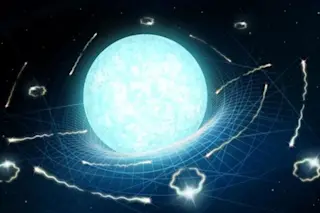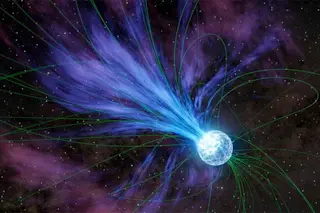In Chapter 4* we discussed the proper maintenance and operation of energy weapons such as plasma rifles and Tesla cannons. In this chapter, you will learn how to direct those beams and blasts like a true mad scientist! (See Chapter 9 for "The Dos and Don'ts of Maniacal Laughter: Part 1".)
As any successful mad scientist will tell you, energy ain’t free. Popular culture tends to forget this, instead focusing on the destructive capabilities of our finely crafted death rays without noting the massive energy expenditures required to use them. To conserve ergs, the efficient mad scientist knows the vaporization energies of his or her targets, as they may be deceptive. For example, did you know it takes more energy to vaporize a person than it does to accelerate a kilogram to Earth's escape velocity? Set your phasers to "fun", because in this chapter of The Mad Scientist's Handbook you ...












